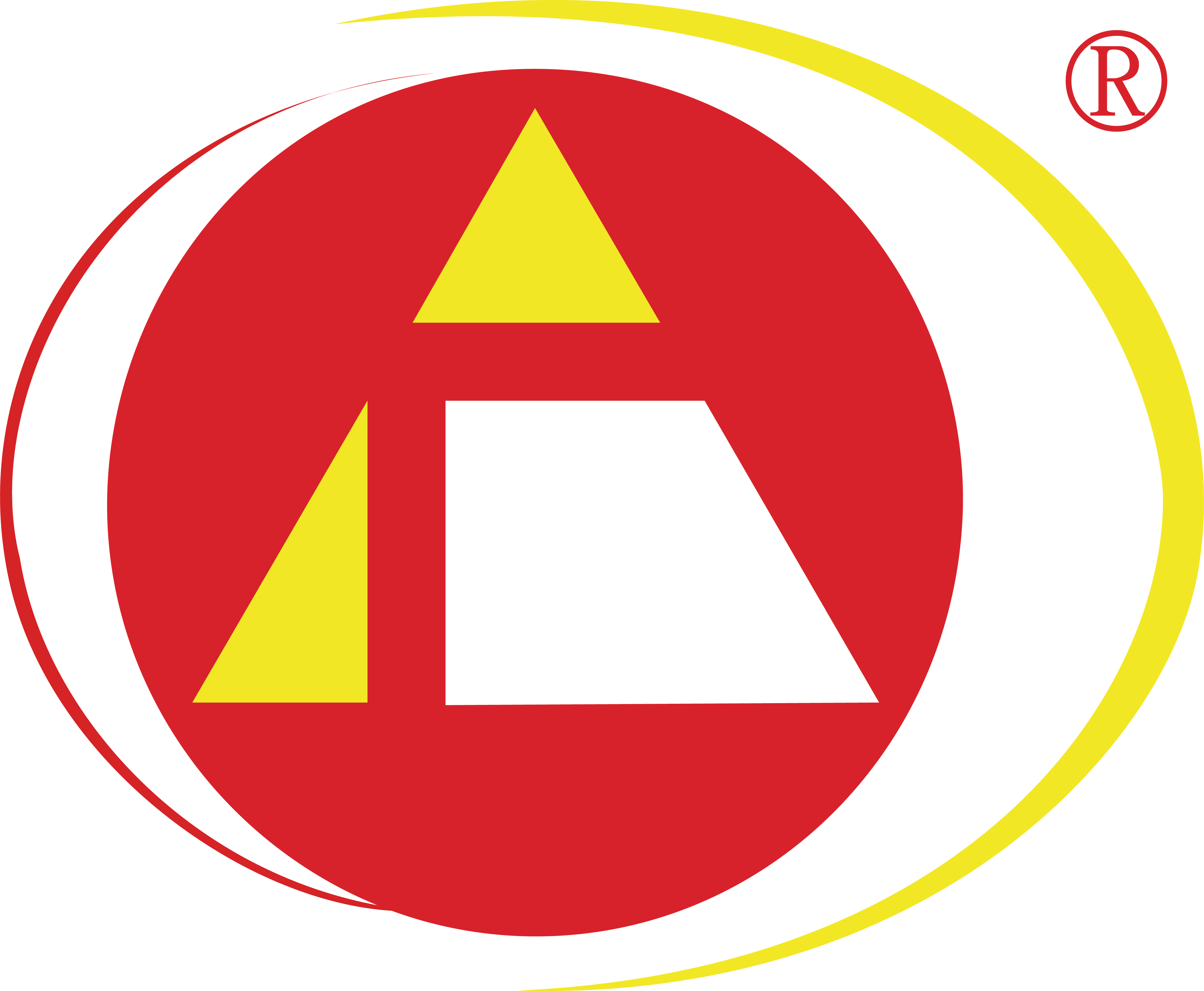What’s E-coating?
Sometimes referred to as electrocoating, electrophoretic painting or electropainting, e-coating is a high-tech process in which metal components are covered in a protective finish by submersing them in a chemical bath and applying an electrical current.
Once a part is submerged into a specially designed e-coat paint tank, the paint particles are positively charged with electricity. The positively charged paint particles are then forced to the part, which is grounded. Once the coated part emerges from the e-coating tank, the process results in uniform paint thickness on the part. This process means it can endure the harshest conditions, ensuring a long-lasting finish that stands the test of time.

Cost Effective
E-coat systems are highly automated and can process many parts at once using hangers or hooks.
Improved Productivity
E-coat systems can run at higher line speeds than other paint application methods, allowing for high production volumes with a greater number of parts coated in the same amount of time.
Efficient Material Utilization
E-coat has a material utilization of over 95%, meaning that almost all the material is used. Excess paint is recycled as rinsed paint solids for future use and overspray is eliminated.

Superior Film Appearance
E-coat is a paint application method that applies a uniform paint film over intricately shaped parts and offers a paint film free of sags and edge pull while providing excellent interior area coverage.
Throwing Power
The e-coat process has the ability to apply paint in recessed and hidden areas. E-coat does not produce a faraday cage effect.
Environmentally Friendly
E-coating is an environmentally friendly process, using few-to-zero HAPS (Hazardous Air Pollutants), low VOCs (Volatile Organic Compounds), and it is OSHA-, RoHS- and EPA-approved.

Comparing E-coating with solvent based spraying and powder coating
|
Solvent Based Spray Overspray is wasted Rack or support is coated Complete coverage difficult Consistent thickness difficult Flammable during application Parts must be dry
|
E-coat No overspray problem Insulated racks are not coated Complete coverage characteristic Consistent thickness characteristic No flammability problem Parts can be dry or wet
|
|
Powder Coat Overspray difficult to reclaim Rack or support is coated Very wide thickness distribution Parts must be dry |
E-coat No overspray problem Insulated racks are not coated Controlled, consistent thickness Parts can be dry or wet
|














